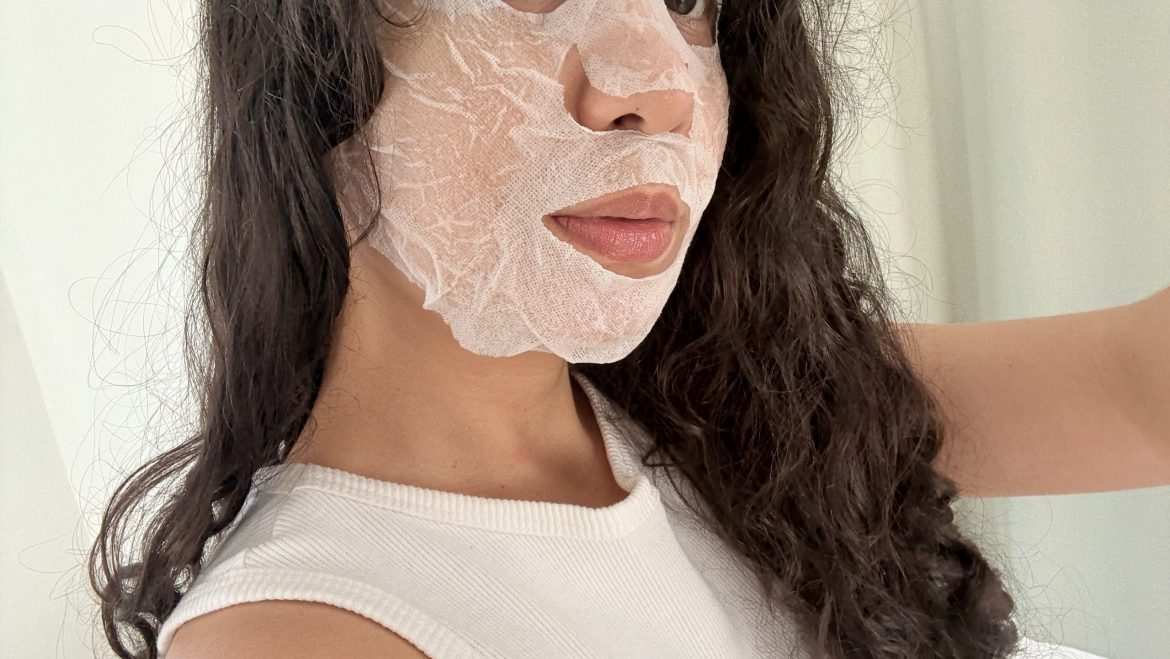If you’ve ever experienced an endometriosis flare-up, you’ll know it doesn’t only affect your abdomen. The inflammation and hormonal chaos can manifest on your skin too — often at the worst possible times. While the physical pain of endo can be overwhelming, understanding how it impacts your skin gives you the power to nurture it more gently during those tough days.
What happens to your skin during a flare-up
Endometriosis is deeply tied to hormonal fluctuations — particularly estrogen dominance and chronic inflammation. During a flare, your body produces more inflammatory cytokines (chemical messengers that signal inflammation), which can trigger or worsen a range of skin concerns.
Here’s what you might notice:
Breakouts and cystic acne
Inflammation, coupled with fluctuating estrogen and progesterone levels, can overstimulate your oil glands. This results in clogged pores and painful, deep hormonal breakouts, especially around the chin, jawline, and neck.
Skin sensitivity and redness
High levels of inflammation can compromise your skin barrier, making it more prone to irritation, dryness, or flare-ups of conditions like rosacea or eczema.
Puffiness and dullness
Endometriosis often causes fluid retention and lymphatic stagnation, which can make your face look puffy and your complexion appear lacklustre.
Flare-related fatigue and dehydration
Pain and disrupted sleep during an endo flare often lead to dull, tired-looking skin. Dehydration can make fine lines more pronounced and cause your complexion to lose its usual glow.
How to support your skin
When your body is in survival mode, your skincare should be all about calm, comfort, and restoration. Here’s how to help your skin (and yourself) through it:
1. Simplify your skincare routine.
Stick to gentle, hydrating products — fragrance-free cleansers, ceramide-rich moisturisers, and soothing serums with niacinamide or panthenol. Think “nourish” rather than “treat.”
2. Cool compresses and gua sha.
If your face feels hot or puffy, apply a cool compress or use a chilled gua sha tool to stimulate lymphatic drainage. This can reduce puffiness and help ease inflammation naturally.
3. Hydrate inside and out.
Endo flare-ups can dehydrate your skin, so increase your water intake and consider adding electrolytes or herbal teas that support detoxification (like dandelion or chamomile). Use a hydrating serum with hyaluronic acid to lock in moisture.
4. Focus on anti-inflammatory foods.
Your skin will thank you for every anti-inflammatory meal you eat. Think omega-3-rich foods (salmon, chia seeds), leafy greens, berries, and turmeric. Avoid dairy and refined sugars, which can exacerbate inflammation.
5. Support your hormones.
Consulting a healthcare professional or nutritionist who understands endometriosis can help you balance your hormones naturally through diet, supplements, or lifestyle adjustments — and clearer skin often follows.
6. Rest and manage stress.
Stress hormones like cortisol worsen inflammation. Prioritise gentle movement (like walking or yoga), deep breathing, and enough rest. Remember, your skin reflects your internal state — healing starts from within.
Your skin mirrors what’s happening beneath the surface — it’s not betraying you, it’s communicating with you. During an endo flare-up, the most powerful act of self-care isn’t perfection — it’s patience and gentleness. Your body is doing its best to cope, and so should your skincare routine.
Treat your flare days like your skin’s quiet retreat — minimal, soothing, and full of compassion.
ALSO SEE:
Featured Image: DupePhoto

